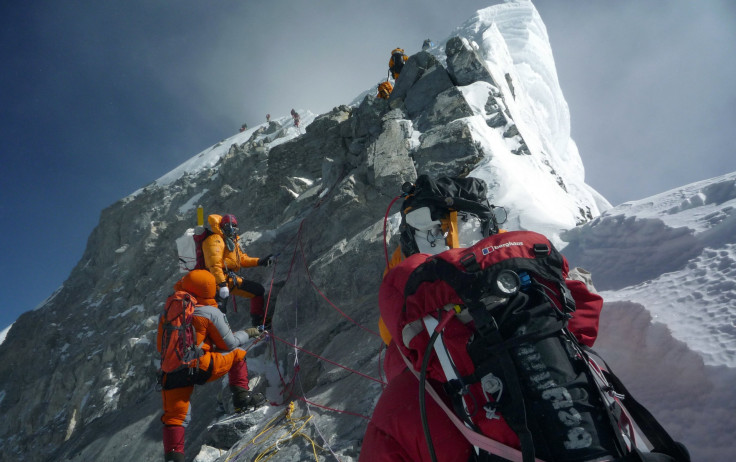China’s Border Encroachment Sparks Popular Fury In Nepal

Protesters in Nepal have taken to the streets and burned effigies of Chinese President Xi Jinping over a recent report from the government that pointed to Beijing encroaching on about 36 hectares of Nepal's land. The angry, predominantly young demonstrators shouted and held signs that read “Go back to China!” and “Return Nepali land” across several districts of the country on Nov. 11.
The anger is based on a document recently released by Nepal’s Survey Department concerning four districts across Nepal’s northern border that it shares with China. The districts losing land due to expanded Chinese road projects are Sankhuwasabha, Rasuwa, Sindhupalchowk and Humla. The document suggested that further land losses to Beijing are probable.
The situation took an ironic twist when it became known that the document used by Kathmandu to prove the Chinese encroachment was also used to respond to a map released on Nov. 2 by India. That map claimed a 372-square-kilometer border region, known as Kalapani in Nepal, as part of the northern Indian state of Uttarakhand.
New Delhi claimed that the map was aimed at clarifying the areas of Jammu and Kashmir that border Pakistan, not Nepal. India’s external affairs ministry spokesperson Raveesh Kumar said, “The new map has, in no manner, revised our boundary with Nepal. The boundary delineation exercise with Nepal is ongoing under the existing mechanism.”
The plight of Nepal is like a poor landowner of a small plot of land located between two giant wealthier developers. Nepal’s population is about 30 million people compared to well over one billion each for China and India. It is landlocked between the two giants and aside from being a geographical buffer between the two, it is mostly known for having eight of the ten highest mountain peaks in the world, including Mount Everest and Kanchenjunga.
The Himalayan mountain barrier acts as a deterrent to any military activity between the emerging superpower India and the existing superpower China. This kept any disputes, that were common until the late 1980s, at bay. Since then, the countries have had a warmer relationship and are both seeking to deepen ties with each other.
Nepal-India relations have traditionally been strong but there are signs that these ties are weakening. In 2015 India imposed a blockade on Nepal that caused a humanitarian crisis in the landlocked country forcing them to seek China’s help.
The anger of the protesters in Nepal may be linked to the feeling they are being squeezed from both the north and south. This could result in any activity such as China's road-widening project to be deemed as encroachment and enough to spark a protest.
© Copyright IBTimes 2025. All rights reserved.





















